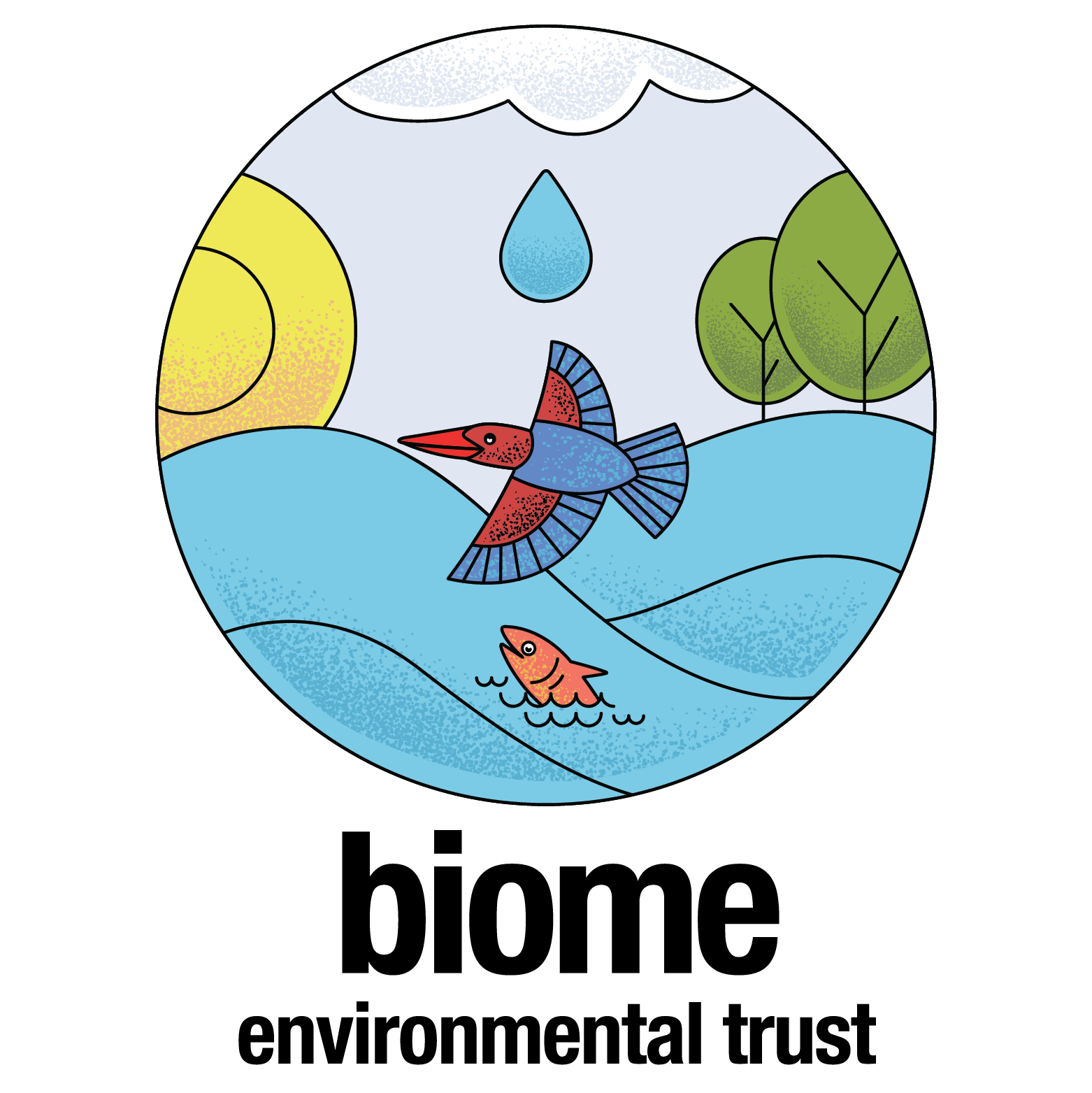Biome went to Central Ground Water Board (CGWB) for secondary data
collection regarding ground water levels around Sarjapur area of Bangalore.Several
interesting facts came into light after the discussion about the city of
Bangalore as well as our place of interest.
collection regarding ground water levels around Sarjapur area of Bangalore.Several
interesting facts came into light after the discussion about the city of
Bangalore as well as our place of interest.
Dr.Sooryanarayana explained that very few City Municipal
Corporations have BWSSB supply and how the water table in these newly added
areas are quite deep (about 60-70 m is the depth to water level). In fact seven City Municipal Corporation’s have been added to the old Bangalore City Corporation and most of them are heavily ground water dependent with little to no BWSSB supply. Whereas areas like Cubbon Park, an old Bangalore city corporation area, have got good
ground water level. When discussing about the role of regulatory authorities and their purview, Dr. Sooryanarayana said that 22 taluks notified by CGWB come under 35 taluks notified by the State Ground Water Authority.
He also informed us that how water quality tests have been
done in CGWB on samples from selected observation wells and it was found that
nitrate content was quite high indicating sewage mixing. Also 550 observation
wells of CGWB have gone dry and monitoring of these wells has been
discontinued. The CGWB, he stated, monitors 350 piezometers with one in
Sarjapura area where manual monitoring is undertaken. Digital data loggers
are not functional hence manual monitoring is done now a days. Also, a heliborne survey
was done in Tumkur area to understand groundwater in that area.
Corporations have BWSSB supply and how the water table in these newly added
areas are quite deep (about 60-70 m is the depth to water level). In fact seven City Municipal Corporation’s have been added to the old Bangalore City Corporation and most of them are heavily ground water dependent with little to no BWSSB supply. Whereas areas like Cubbon Park, an old Bangalore city corporation area, have got good
ground water level. When discussing about the role of regulatory authorities and their purview, Dr. Sooryanarayana said that 22 taluks notified by CGWB come under 35 taluks notified by the State Ground Water Authority.
He also informed us that how water quality tests have been
done in CGWB on samples from selected observation wells and it was found that
nitrate content was quite high indicating sewage mixing. Also 550 observation
wells of CGWB have gone dry and monitoring of these wells has been
discontinued. The CGWB, he stated, monitors 350 piezometers with one in
Sarjapura area where manual monitoring is undertaken. Digital data loggers
are not functional hence manual monitoring is done now a days. Also, a heliborne survey
was done in Tumkur area to understand groundwater in that area.
When Biome mentioned about its study on mapping Bangalore’s aquifer with specific focus on the Sarjapura – Bellandur region, he suggested that we focus on the micro water sheds in the study region and also a good sample size of borewells and their extraction patterns. When Biome asked if open wells could be indicative of the aquifer itself, he remarked that wells in the vicinity of lake may not be representative of the aquifer as they can have water due to perched water condition. The aquifer itself can be either shallow (phreatic) or deep (piezometric) and if we were to determine the age of water then National Environmental Engineering Research Institute (NEERI) or Bhabha Atomic Research Centre (BARC) can do carbon dating and determine age. He also informed that Sarjapur area is over-exploited mainly due to the rapid development that it has seen in the last decade. When asked about any resources that would be helpful for our study, he pointed us to the CGWB’s Ground Water Year Book which has details on 30 observation wells.
The
solution of Bangalore’s water issue according to Dr.Sooryanarayana could be to treat
water from lakes and then use it, rainwater harvesting and then managing demand.
These conversations will be really helpful for
us for the future of our study to progress. We hope more cooperation from CGWB
in the coming days.
us for the future of our study to progress. We hope more cooperation from CGWB
in the coming days.
